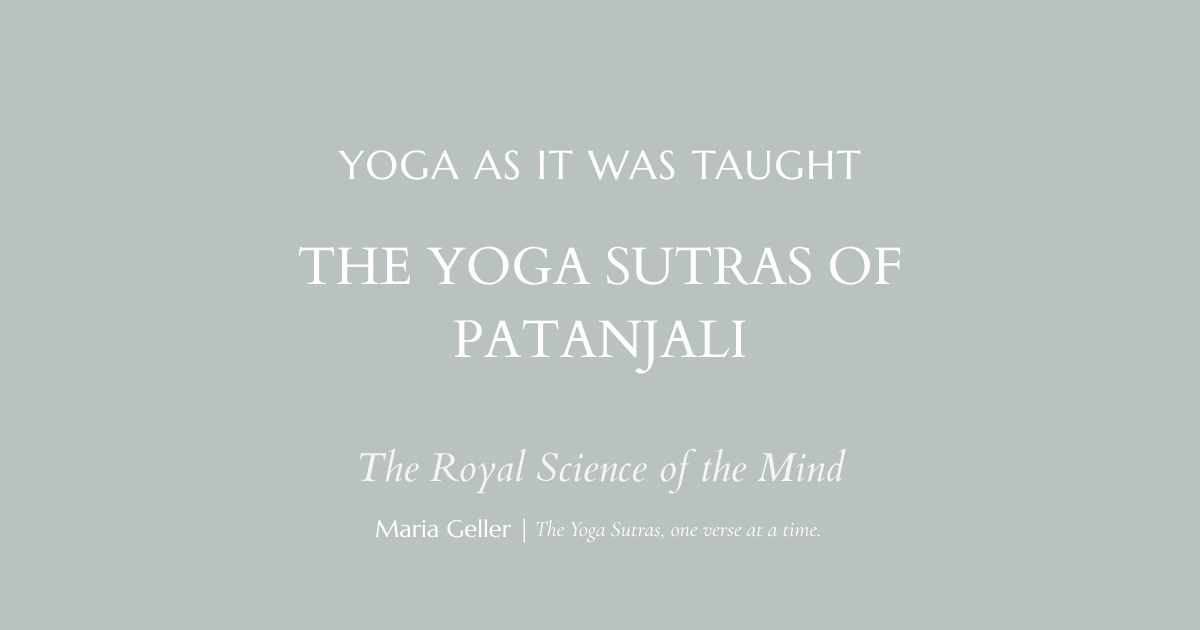
Mind Over Biology | How Ayurveda Explains Instant Healing and Identity-Based Illness
Modern medicine studies chemistry; Ayurveda studies consciousness. This piece explores how shifts in awareness can instantly alter physiology, revealing that true healing begins where mind and biology meet.

Yoga Before Religion | The Original Science of Union
Yoga existed long before any religion. Rooted in the Vedas and refined through the Upanishads and Patanjali’s Yoga Sutras, it began as a science of awareness – a method to align mind, body, and spirit through observation, not belief. Over centuries, yoga has remained independent of doctrine because it studies what is universal: the human experience of consciousness.

Overstimulated Mind, Stressed Body | The Nervous System and Modern Imbalance
A clinically grounded look at how overstimulation impacts the nervous system. Learn how chronic stress, disrupted rhythm, and modern habits drive imbalance—and how restoring regulation begins with rhythm.

Vata Dosha and the Colon: The Ayurvedic Key to Digestive Health
Discover why Ayurveda calls the colon the home of Vata dosha and how gut health reflects balance in the body. Learn the link between digestion, the nervous system, and energy, plus practical Ayurvedic tools to restore rhythm and ease.

Why You’re Always Tired (Even After a Full Night’s Sleep)
Why do you still feel tired even after 8 hours of sleep? Ayurveda explains that true energy is not created by sleep alone, but by how well your body digests, transforms, and circulates life force. Discover the root causes of hidden fatigue - and how to restore your energy naturally.

The Yoga Sutras of Patanjali: The Royal Science of the Mind
The Yoga Sutras of Patanjali distill an ancient oral tradition into 196 concise teachings - a royal path for the person of the mind, guiding us from distraction to liberation.

Why 3-5 AM Wake-Ups Aren’t Random - Ayurveda Explains
Waking up between 3 and 5 AM isn’t random-it’s Vata time, when the mind and nervous system are naturally more active. Ayurveda explains this pattern and offers simple grounding practices to restore balance and deeper sleep.

Why Choose Ayurveda?
Ayurveda treats the mind, body, and spirit as one - not separate parts. It works by identifying your unique dosha balance, rather than naming conditions, making it easier to understand, prevent, and reverse disease. A system that has worked for thousands of years, Ayurveda adapts to your lifestyle and treats the root.

Yoga Sutras, Verse 1: Atha Yoga Anushasanam
Patanjali’s first Yoga Sutra, Atha yoga anushasanam, sets the tone for the entire path of yoga. Learn what it really means, why it matters, and how to apply it in daily life-whether you’re navigating chronic illness, stress, or emotional burnout.

Rise and Shine: Ayurvedic Morning Rituals to Boost Energy, Focus & Inner Peace
Wake up with more clarity, energy, and peace. These Ayurvedic-inspired morning rituals are simple, grounding, and designed to help you feel lighter, more focused, and aligned from the moment you rise.

Dry Brushing for Detox & Radiant Skin: Ayurvedic Lymphatic Support with Garshana
Support your detox, boost lymph flow, and energize your skin — all with a few mindful strokes a day. Discover the Ayurvedic ritual of garshana (dry brushing) to promote clarity, immunity, and vibrant skin health.

The Art of Abhyanga: Ayurvedic Warm Oil Massage for Detox, Longevity & Radiant Skin
Experience the Ayurvedic ritual of abhyanga — a warm oil massage that detoxifies, boosts circulation, and restores glow. A daily self-care practice for balance and vitality, shared with love by Maria Geller.

Candida Demystified: Ayurvedic, Energetic & Root-Cause Healing for Fungal Infections
Candida is more than a yeast infection — it’s a systemic imbalance affecting gut health, immunity, and clarity. Learn how to identify symptoms and begin healing through Ayurvedic protocols, energetic therapies, and frequency tools. This post explores root causes and real solutions to restore resilience, balance, and long-term wellness.